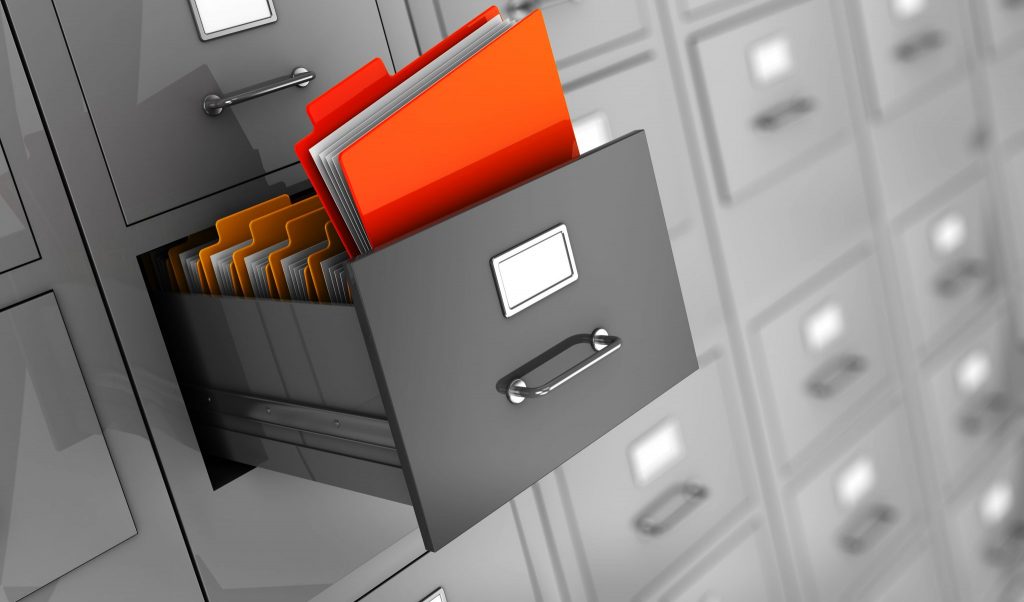The ExMerge utility can be downloaded from http://www.microsoft.com/exchange/downloads either on its own or as an All-In-One-Utility Download.
Installing and Configuring ExMerge
After having successfully downloaded ExMerge you now have to extract the zip file to a folder.
Installation
It would work best if you choose the binary directory of your Exchange Server 2003 installation, because ExMerge needs to have access to some DLL files that can be found under %Program Files%\Exchsrvr\bin.
ExMerge consists of the .EXE file itself and an .INI file which we will have a look at a little bit later. Best practices are to place a link on your desktop or the start menu linking to ExMerge.EXE.
Configuration
After having successfully installed the utility you then have to configure it so that the utility itself, running in the logon context of the user, can open the mailboxes itself.
Setting the appropriate Rights
You have to be logged on with full Exchange Administrator rights. With Exchange Server 2003 an Exchange Administrator has no rights to open mailboxes of a user by default, you now have to change this behaviour by going to the security tab of the mounted mailbox store in the recovery storage group. There you can find the Exchange Administrators Group with explicit deny rights for “send as” and “receive as”. This has to be overwritten by giving them full access and inheriting these rights down to each mailbox itself.
Fig. 1: Setting the appropriate permission on the recovery mailbox store
With former versions of Exchange Server 2003 it was enough to place the user into the Exchange Domain Server group which automatically gave them the possibility to access all users’ mailboxes. This does not function anymore because of the higher security settings that have been implemented with Exchange Server 2003.
Now you have to logoff and logon again to update your access token.
Support for non-English Versions of Exchange Server 2003
If you do not run an English version of Exchange Server 2003 you now have to change some settings in your ExMerge.INI file to make the utility work with national versions. Supported national versions are: English, German, Italian and French.
If you want to use it on one of these language versions, you have to open your exmerge.ini file, search for the language itself and in the line under the language name you should delete the semicolon before the specific language setting. In general you should find about three settings that need to be changed. After this you should have no trouble at all running ExMerge on your specific language version.
Running the ExMerge Utility
After these steps below you will be able to use the ExMerge utility.
Recovering a single Mailbox
If you need to restore a single mailbox, you just have to start ExMerge and logon to your Exchange server.
Second, you should choose the user’s mailbox you need to recover.
Fig. 2: Logon to your Exchange Server 2003 Box
Fig. 3: Choosing the Mailbox to recover
Third, you should define the location of your .PST file on your computer
Fig. 4: Defining the position of the PST File
After the successful export of the user’s mailbox to a PST file you can now import this PST file by using your Outlook client.
With Exchange Server 2003 Service Pack 1 this is subject to change, you can now recover a single mailbox with the recovery mailbox center itself.
Recovering a single Mailbox Item
If you need to recover a single mailbox item, you should now load this PST file onto the Outlook client logged on with the user who wants to recover an item from backup. The final step is now a “drag & drop” procedure moving the correct items from the PST file to the appropriate folder in Outlook.
Final Conclusion
With the ExMerge utility in addition to the new features of Exchange Server 2003 you have a powerful way to easily recover single mailboxes or even single mailbox items onto your “live” Exchange Server 2003 without having to install an isolated Active Directory Forest and there restore your Exchange Server 2003 box.
This new feature gives you the possibility to easily recover mails without a long and excessive restoration procedure. The advantage of this procedure is now that you do not have to use 3rd party tools to do this anymore.
If you have any further questions, please do not hesitate to contact me via http://www.mklein-it.com/aboutme/feedback.htm.





